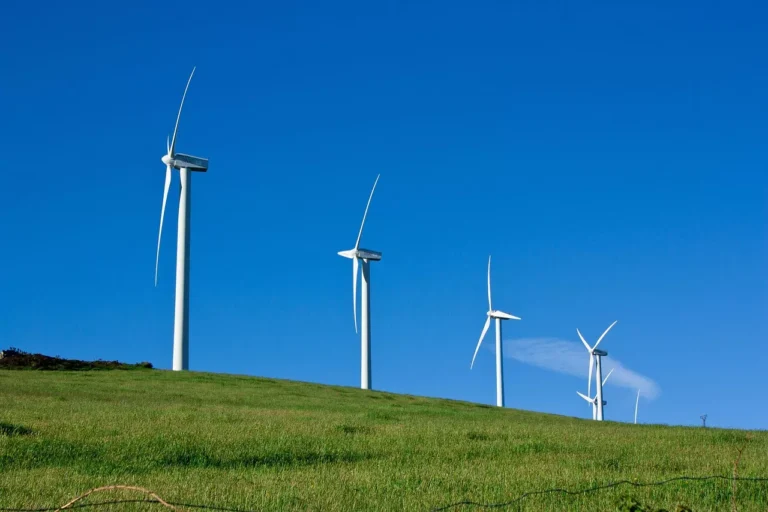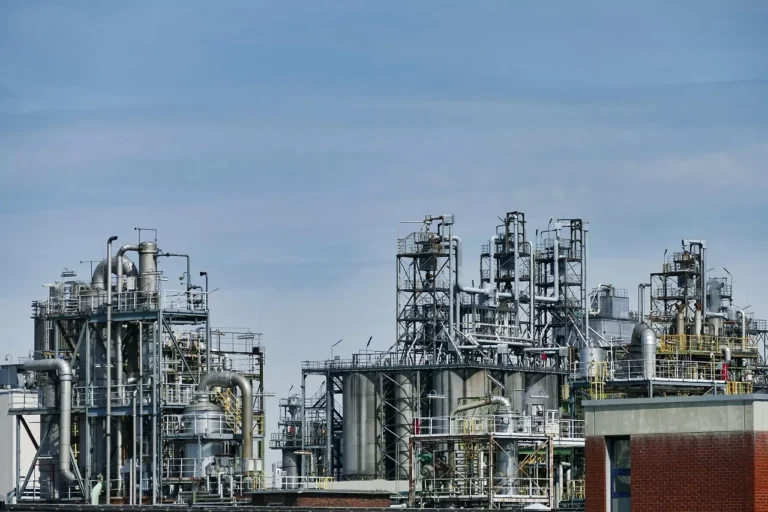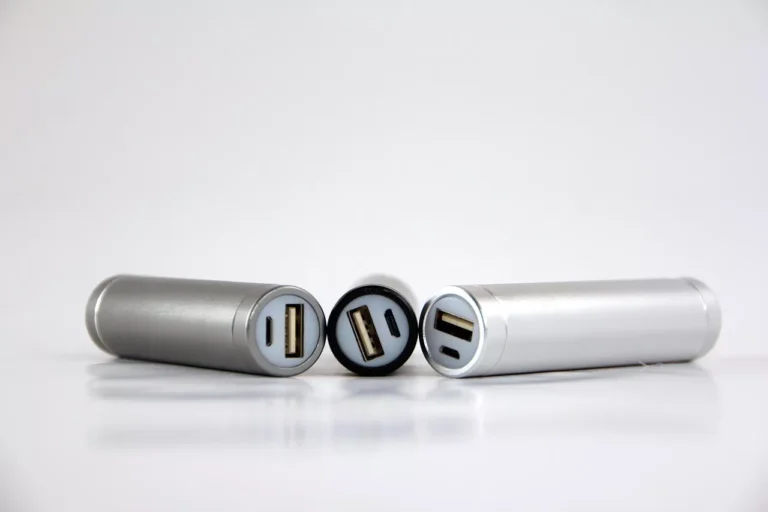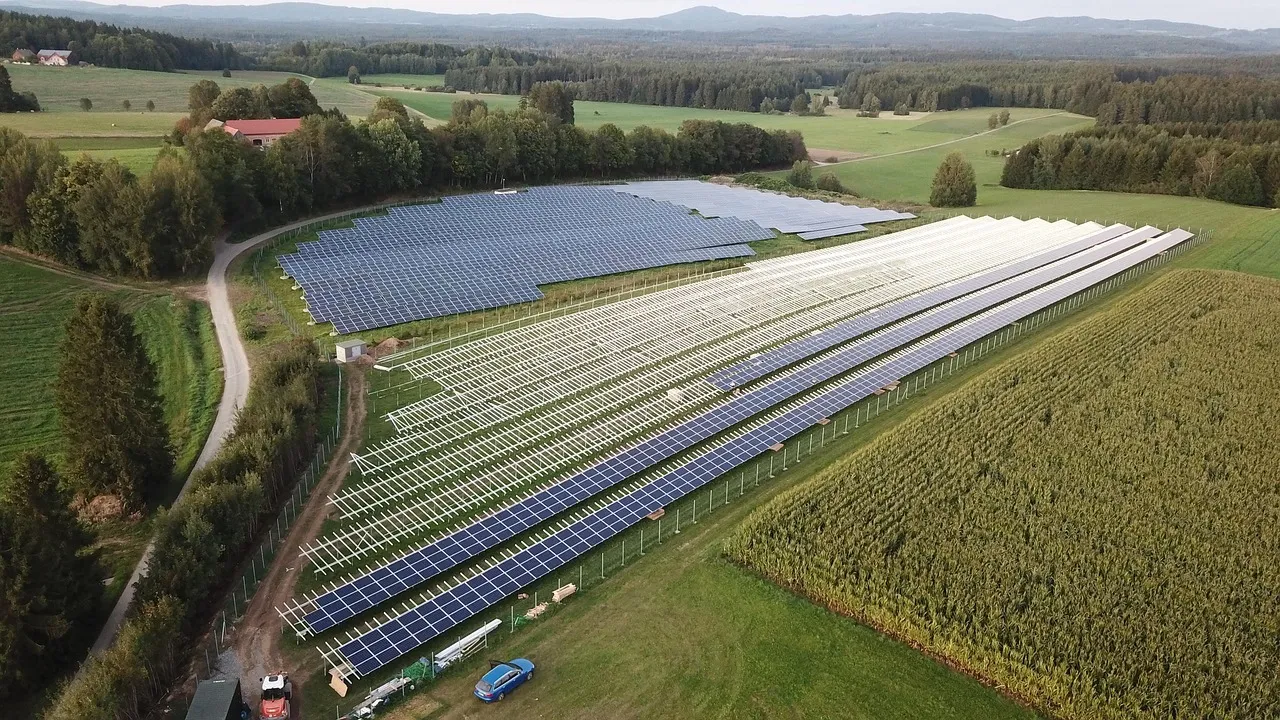
Nextracker Secures 1.5 GW Solar Tracker Supply Deal with Casa dos Ventos for Utility-Scale Projects in Brazil
Nextracker Inc. (Nasdaq: NXT), a global leader in solar tracker technology and intelligent control software for utility-scale projects, has announced a major milestone in its Latin American growth strategy. The company has been selected by Casa dos Ventos, one of Brazil’s most prominent renewable energy developers, to supply 1.5 gigawatts (GW) of advanced solar tracker systems for four large-scale solar and hybrid energy plants across Brazil.
The agreement encompasses Nextracker’s NX Horizon-XTR™ all-terrain solar trackers and its NX Horizon™ standard solar tracker systems. These will be deployed across a diversified portfolio of projects that include both pure solar farms and hybrid wind-solar facilities—reflecting a broader trend in Brazil’s energy sector toward integrated renewable generation.
Casa dos Ventos Expands from Wind to Hybrid Renewable Power
Casa dos Ventos has been a key player in Brazil’s wind power sector, responsible for developing, constructing, and operating some of the country’s largest wind farms. In recent years, the company has been actively diversifying into solar power, recognizing the operational and economic advantages of hybrid energy plants.
This latest collaboration with Nextracker represents Casa dos Ventos’s first major utility-scale solar initiative. The awarded projects are:
- Babilônia Sul – 117 MW
- Babilônia Centro – 226 MW
- Seriemas – 540 MW
- Rio Brilhante – 680 MW
Geographically, the developments are spread across two Brazilian states: Bahia (Morro do Chapéu and Várzea Nova municipalities) and Mato Grosso do Sul (Rio Brilhante and Seriemas). These regions offer high solar irradiation and are strategically positioned near transmission infrastructure—critical factors for project viability.
A Strategic Move Toward Hybrid Plants
One of the most significant aspects of this contract is Casa dos Ventos’s focus on hybrid renewable plants. These projects will integrate solar photovoltaic generation with existing or planned wind power facilities, sharing both land and grid interconnection points.
Hybrid plants offer several advantages in the Brazilian context:
- Better Grid Utilization – Wind and solar production profiles are often complementary, allowing more consistent energy delivery to the grid without overloading transmission lines.
- Lower Infrastructure Costs – Shared substations and transmission lines reduce capital expenditure.
- Maximized Land Use – Co-locating wind turbines and solar arrays makes use of the same terrain without significant interference between technologies.
As Brazil’s transmission grid faces constraints in certain regions, the ability to maximize capacity at interconnection points is becoming a valuable competitive advantage.
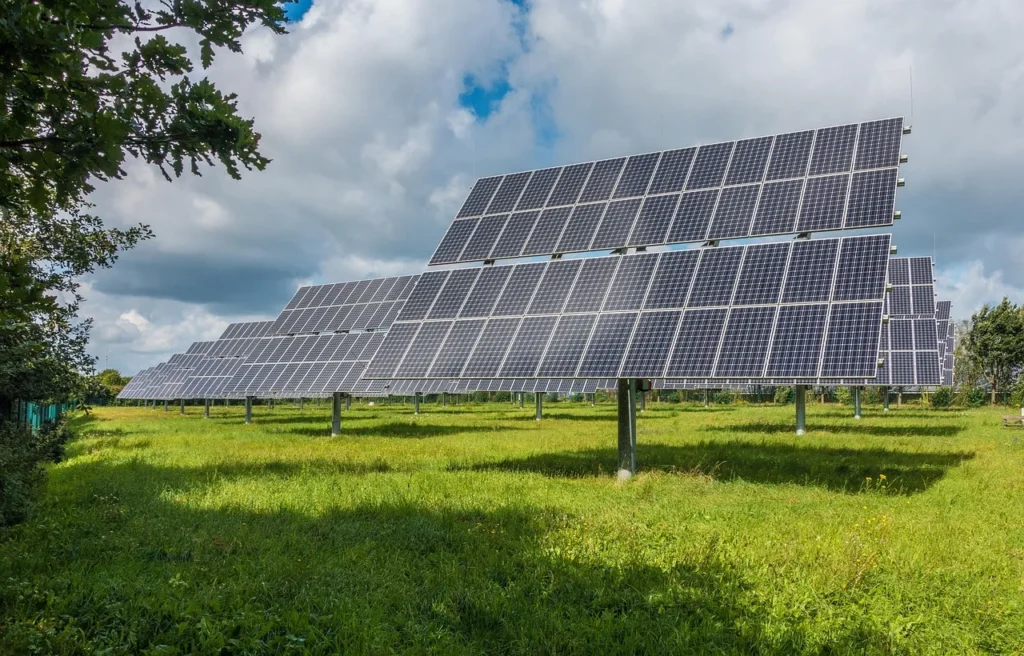
Partnering for Long-Term Reliability
Casa dos Ventos leadership expressed confidence in Nextracker’s technology and execution capabilities.
“Partnering with Nextracker gives us confidence in the long-term performance and reliability of our projects,” said Thiago Rezende, Construction and Operations Director at Casa dos Ventos. “Nextracker’s strong track record, focus on engineering excellence, and ability to deliver high-quality solutions make it a trusted technology partner for the future.”
For Casa dos Ventos, the deal is not only about technology but also about securing a reliable partner capable of delivering on large-scale, multi-site deployments—something essential for the long-term sustainability of its renewable portfolio.
Nextracker’s Role in the Projects
Of the four new projects, three—Babilônia Sul, Babilônia Centro, and Seriemas—will incorporate NX Horizon-XTR™ all-terrain tracker systems. This technology is specifically designed for hilly, undulating, or otherwise challenging terrain. Unlike traditional trackers that require extensive land grading, the XTR design adapts to natural site contours, significantly reducing earthworks, construction costs, and environmental impact.
All four projects will also feature Nextracker’s TrueCapture™ yield optimization platform. This intelligent control system uses advanced sensors, data analytics, and machine learning to automatically adjust tracker angles throughout the day, optimizing energy yield in response to changing weather, lighting, and topographical conditions. By minimizing shading losses and improving incident sunlight capture, TrueCapture can deliver measurable gains in annual energy production.
Nextracker’s Growing Footprint in Latin America
Nextracker has been steadily expanding its footprint in Brazil and Latin America over the last decade. The company has shipped over 130 GW of solar tracker systems to more than 40 countries globally, with Brazil representing one of its fastest-growing markets.
Brazil’s renewable energy market presents significant opportunities:
- Over 80% of the country’s electricity generation already comes from renewable sources, primarily hydroelectric, but solar is rapidly increasing its share.
- According to ABSOLAR (Brazilian Photovoltaic Solar Energy Association), the nation is expected to add 13.2 GW of new solar capacity in 2025 alone.
- By the end of 2025, Brazil’s installed solar capacity is projected to reach 64.7 GW, up from roughly 51.5 GW in 2024.
- Annual investments in the solar sector are forecast to exceed USD $7 billion (R$39.4 billion), generating more than 396,000 jobs and contributing over USD $2.3 billion (R$13 billion) in tax revenues.
This rapid growth is driven by a combination of factors: competitive project costs, abundant solar resources, supportive government policy, and the increasing competitiveness of hybrid renewable solutions.
Local Content and Economic Development
One of Nextracker’s key differentiators in Brazil is its localized manufacturing capability. By sourcing tracker components domestically and working with Brazilian fabrication partners, the company helps developers meet local content requirements while stimulating regional economic activity.
This localization strategy offers several benefits:
- Shorter Lead Times – Domestic production can accelerate delivery schedules for time-sensitive projects.
- Reduced Transportation Costs and Carbon Footprint – Manufacturing closer to project sites cuts logistics expenses and associated emissions.
- Economic Stimulus – Local procurement supports jobs and skills development in Brazil’s growing renewable energy manufacturing sector.
Industry Perspective
Alejo Lopez, Vice President of Nextracker Latin America, emphasized the strategic importance of this collaboration:
“Securing a multi-project commitment from a renewable energy leader like Casa dos Ventos reflects the growing importance of trusted partnerships when it comes to performance and long-term reliability in today’s solar industry. We are honored to support Casa dos Ventos with solutions that are engineered for resilience and optimized for each of its unique environmental site conditions.”
The partnership aligns with global industry trends where developers seek technology providers that can deliver both innovation and proven reliability. As utility-scale solar projects grow in size and complexity, ensuring high uptime, optimal energy yield, and long-term durability has become essential.





